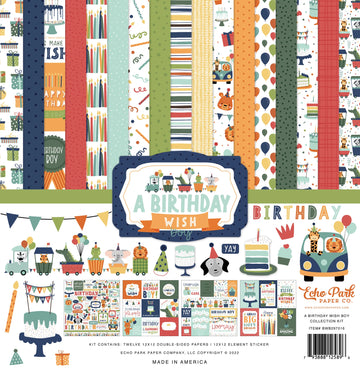Cardstock is a versatile and essential material in the world of crafting, scrapbooking, and DIY projects. With so many different types available, choosing the right cardstock for your project can seem overwhelming. From glitter paper to textured cardstock and patterned designs, each type has its unique qualities and best-use scenarios. This guide will walk you through the different types of cardstock and how to use them to elevate your creative projects.
What is Cardstock?
Cardstock is a heavier, more durable type of paper, typically thicker than regular printer paper but thinner than cardboard. Its thickness and durability make it a favorite among crafters for everything from card-making to scrapbooking and home decor. Available in a variety of finishes, textures, and colors, cardstock offers versatility and strength, making it the perfect medium for projects requiring a sturdy base.
Types of Cardstock Paper
- Glitter Paper
Glitter paper adds sparkle and shine to any project. This cardstock type is coated with glitter on one side, giving it a glamorous look. Glitter cardstock is perfect for projects where you want to make a statement—think party invitations, holiday cards, or decorations. It’s also great for die-cutting to create bold and eye-catching elements. However, keep in mind that the glitter coating makes the paper thicker and more difficult to fold, so it’s better suited for decorative elements rather than intricate folded designs.
Best Uses:
– Invitations and party decor
– Die-cut embellishments
– Holiday cards and scrapbooking accents
- Textured Cardstock Paper
Textured cardstock paper adds dimension to your projects. This type of paper features a raised or embossed surface that can resemble various textures like linen, leather, or even woodgrain. The added texture creates a tactile experience and adds interest without the need for additional embellishments. This cardstock is ideal for elegant wedding invitations, sophisticated greeting cards, and background layering in scrapbooking.
Best Uses:
– Wedding invitations
– Elegant greeting cards
– Scrapbooking backgrounds
- Patterned Paper
The Patterned paper is cardstock that comes pre-printed with various designs, ranging from floral motifs to geometric shapes. It’s a quick and easy way to add visual interest without the need for additional stamps or embellishments. Available in a range of themes, including seasonal, vintage, and modern, patterned cardstock offers endless possibilities for crafting. It’s often used in scrapbooking to create themed pages, backgrounds, or frames for photos. One of the most popular formats is the patterned cardstock 12×12, which is particularly suited for scrapbook layouts.
Best Uses:
– Themed scrapbook pages
– Backgrounds for photo frames
– DIY party decorations
How to Choose the Right Cardstock for Your Project
When choosing cardstock for a project, consider three primary factors: thickness, texture, and finish. Cardstock thickness is measured in weight (typically in pounds), and the thicker the cardstock, the more durable it is. If you’re creating a sturdy structure, like a gift box, opt for heavier cardstock. If you need cardstock for layering or folding, a lighter weight will work better.
Texture plays an important role in how your finished project looks and feels. For an elegant, professional appearance, textured cardstock works well, while smooth cardstock is better for projects requiring detailed printing or stamping.
Finish refers to the surface appearance of the cardstock. Glitter paper adds sparkle, while glossy finishes offer shine. Matte finishes give a more understated, classic look, perfect for minimalist designs.
Top Tips for Working with Cardstock
– Use the Right Tools: Thicker cardstock like glitter paper or heavy textured paper may require sharper cutting tools or stronger adhesives to ensure a clean finish.
– Consider Weight: Different cardstock types have varying weights, which can affect how well they fold, cut, or layer. When planning your project, match the paperweight to your needs.
– Layering is Key: Using multiple types of cardstock in one project can add depth and dimension. For example, a textured cardstock layer can serve as the background, while glitter paper highlights key design elements.
Cardstock is a must-have for any crafter, and understanding the different types ensures your project looks its best. Whether you’re working with glitter paper for party invitations or textured cardstock for wedding invitations, each type has unique properties that make it ideal for specific uses. The 12×12 Cardstock Shop offers a wide variety of cardstock options, from patterned cardstock 12×12 to glitter and textured papers, to suit all your crafting needs. Now that you know more about the different types of cardstock, you’re ready to start your next creative adventure with confidence!

